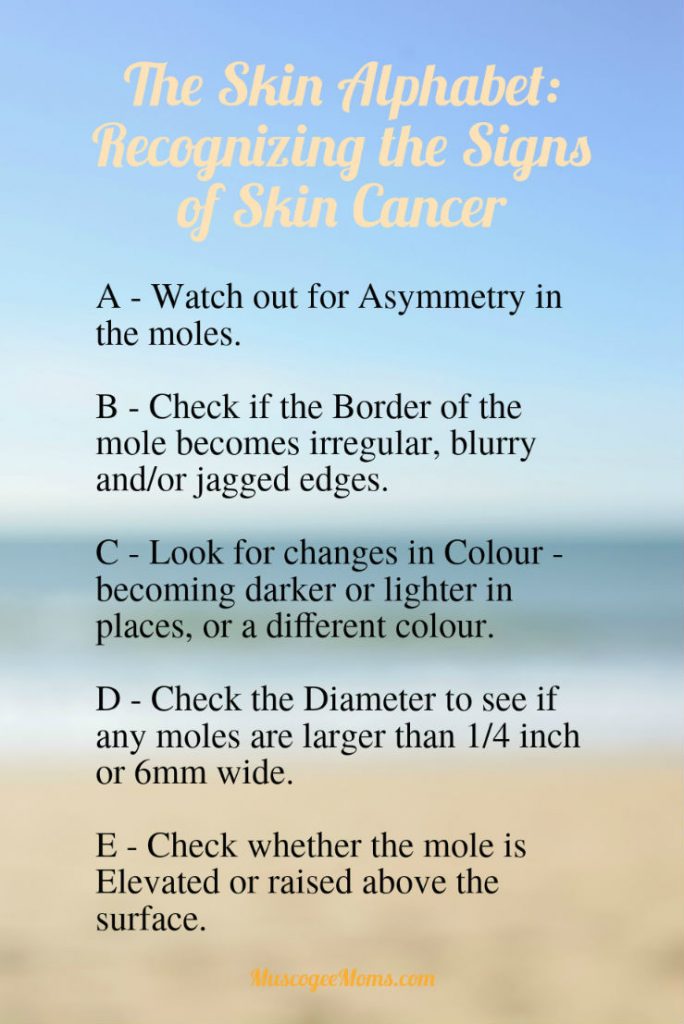Editor’s Note: The sun is not my friend. I’m a solid Type II on the Fitzpatrick scale, and I have lots of moles and light-colored freckles. That’s why I feel so passionately about wearing sunscreen daily and I have a standing appointment with my dermatologist for an annual full-body skin check. It’s also why I believe blogs like the following are important reminders as summer begins.

The Importance of Sun Safety:
The Life You Save May Be Your Own
By Elyse Wiser at ACES Extension Daily
The arrival of summer means that many people will be spending long days at the lake, beach or pool. Sunny days are the perfect time to be active and soak up some Vitamin D, but be sure to protect your skin and prevent painful sunburn and skin damage.
There are two types of ultraviolet rays associated with sun exposure: UVA and UVB. UVA rays are less intense than UVB but are prevalent throughout the day. They penetrate the skin more deeply than UVB and contribute to skin aging and wrinkling. UVB rays are strongest between 10 a.m. and 4 p.m. and cause damage to the skin’s superficial layers, causing sunburn.
To protect your skin from these harmful rays, always wear a UVA/UVB sunscreen with an SPF of 15 or higher. Wear long-sleeved clothing with hat and UV protective sunglasses, and take breaks in the shade during peak hours. If there is no shade, create your own by using an umbrella.
“Remember to slip, slap, slop,” says Sallie Hooker, an Alabama Extension regional agent. “Slip on a long-sleeve shirt, slap on a hat and sunglasses, and slop on sunscreen.”
One common misconception is that skin is not damaged unless you have a sunburn. The truth is that a tan is a sign of damaged skin. Doctors especially caution against the use of indoor tanning beds to achieve a base tan or year-round glow. According to a study by the International Agency for Research on Cancer (IARC), people who use tanning beds have a 15 percent higher risk of developing melanoma, the most deadly form of skin cancer. People who first use a tanning bed before age 35 are 75 percent more likely to develop melanoma.
According to the Skin Cancer Foundation, one out of five Americans will develop skin cancer in their lifetime. Most skin cancer is caused by UV radiation or tanning beds, and there are certain factors that can increase your risk. These include a history of sunburn, moles, fair skin, a weakened immune system and family history.
There are three types of skin cancer: basal cell carcinoma, squamous cell carcinoma and melanoma. To detect possible skin cancer, look for the ABCDEs: asymmetry, border, color, diameter and any moles that are evolving.

The good news is that treatments for skin cancer are highly effective when it is caught early, so see a dermatologist if you have any concerns.
By using simple safe practices in the sun, you can reduce your risk and have healthy, glowing skin for a lifetime.
Sources:
Extension Daily is the official blog of the Alabama Cooperative Extension System (ACES). Reprinted with permission.


